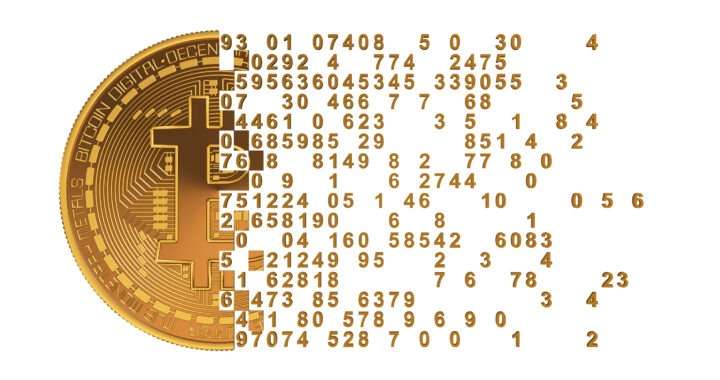Regulation doesn’t end innovation—it defines the rules of the game.” – DNA Crypto Knowledge Base.
In 2025, the European Union entered a new era of digital asset regulation. The Markets in Crypto-Assets Regulation (MiCA) is the world’s first comprehensive legal framework for cryptocurrencies, Stablecoins, and service providers.
Unlike fragmented rules elsewhere, MiCA provides a harmonised framework across 27 EU states, creating clarity for investors and a level playing field for businesses.
Learn more: What is MiCA and Why It Matters
What Is MiCA?
MiCA brings the crypto market into line with EU financial regulation by covering:
- – Issuers of crypto-assets: Projects launching or selling tokens
- – Service providers (CASPs): Exchanges, brokers, and wallets
- – Stablecoins (ARTs & EMTs): With new reserve and risk requirements
“MiCA is Europe’s shot at setting the global standard for crypto regulation.” – Financial Times, 2025
What Investors Need to Know
- Greater Consumer Protection
Transparent whitepapers, standardised disclosures, and risk warnings.
Investor Protections Under MiCA - Stablecoin Safeguards
Reserve requirements and usage caps to prevent systemic risks.
Stablecoins and MiCA - Licensed Providers Only
Exchanges and brokers must obtain an EU license, comply with AML/KYC, and meet capital adequacy standards.
MiCA Licensing Explained - Market Abuse Prevention
Prohibition of insider trading, market manipulation, and wash trading aligns crypto with traditional market integrity rules.
Why MiCA Matters for Businesses
- – Single Market Access – One license opens all EU markets.
- – Higher Trust – Compliance attracts institutional partners.
- – Operational Burden – New standards mean compliance costs and stronger internal controls.
“MiCA is the most ambitious framework yet—it could be the template for global regulation.” – CoinDesk Policy Desk, 2025
Global Impact
MiCA’s influence extends beyond Europe. The UK, Singapore, and the U.S. are watching closely. If successful, MiCA could serve as a blueprint for global digital asset laws.
Application Failures and Success Factors Under MiCA
Since MiCA’s introduction, a growing number of applications have not made it through the authorisation process. Public registers from national regulators (such as the AMF in France, BaFin in Germany, and others) already show instances of applications being refused, withdrawn, or returned for remediation. While aggregate EU-wide data is still being compiled, early trends indicate that failure rates are significant enough to warrant caution.
Why applications fail:
- – The incomplete or generic policy documentation is not mapped clearly to MiCA articles.
- – Weak governance and AML/KYC frameworks.
- – Over-reliance on external consultants with templated solutions.
- – Underestimating operational resilience and reporting obligations.
How to improve success odds:
- – Align your compliance documentation precisely with MiCA requirements.
- – Invest early in AML/KYC controls and risk-based procedures.
- – Choose advisors carefully; beware of inflated pricing and promises of “guaranteed approvals.”
- – Benchmark against successful authorisations published in EU national registers.
For firms serious about licensing, a rigorous scope-to-MiCA article mapping, a fixed-fee deliverable structure, and transparent engagement with regulators are becoming best practices.
The Bottom Line
For investors, MiCA brings transparency and protection. For businesses, it offers clarity and scale—but only for those ready to meet higher compliance standards.
Crypto in Europe is no longer in the shadows—it’s entering the spotlight.
And as always, the early bird catches the worm.
Image Source: Adobe Stock
Disclaimer: This article is purely for informational purposes. It is not offered or intended to be used for legal, tax, investment or financial advice.












